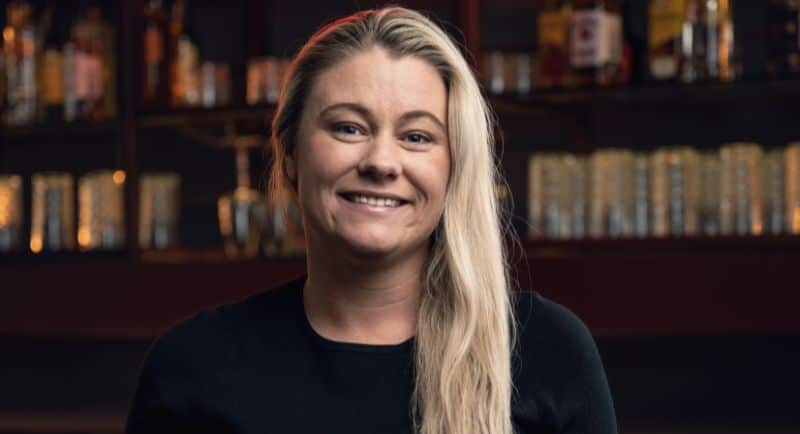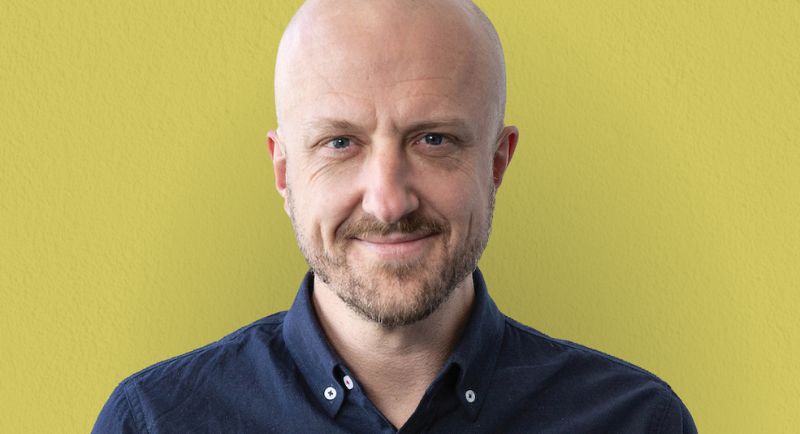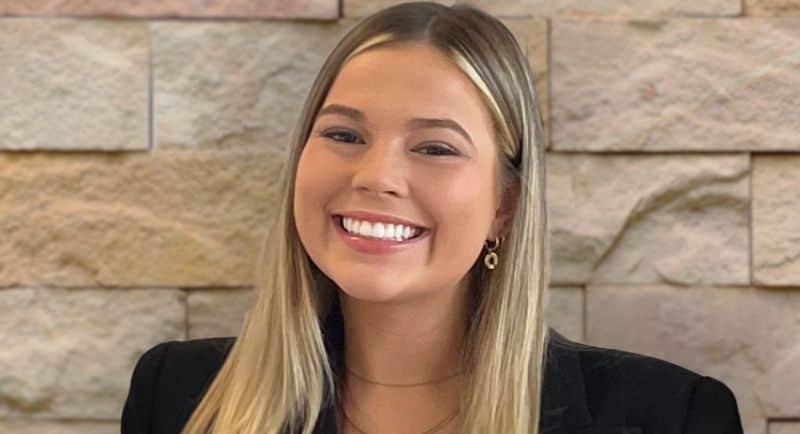OzTAM’s daily next-day Overnight VOZ data was officially launched on Monday to provide the most accurate picture of Total TV viewing, combining broadcast content watched on all screens, anytime, anywhere in one data set.
Its debut marks the beginning of a transition period for the industry to become accustomed to the VOZ data and be ready to transact on VOZ, with the goal of VOZ to be trading currency by 2024.
VOZ will be Australia’s only source of accurate national, de-duplicated audience estimates with co-viewing and demographics across all broadcasts (linear) TV and full BVOD coverage.
Speaking to Mediaweek, media buyers revealed their thoughts, expectations and hopes for the new measurement system as it kicks into gear this week.
See also: Everything you need to know: OzTAM launches VOZ viewing data
Media buyers on their expectations of the new VOZ system
Lorraine Woods, head of trading at Atomic 212°, shared that she is excited for VOZ to launch since it was first unveiled a few years ago.
“My expectation and hope for VOZ is that the data provides us with transparency of how audiences are truly viewing content. This will create greater certainty of budget allocation and measurement when planning total video across screens, in a consistent and, most importantly, measurable way,” she said.
Woods noted that accurately de-duplicating the audience and showing the opportunity for reach from a national and screens perspective will be a “game changer.”
“Most agencies have their screen planning tool they have developed in the absence of this, so to have a unified industry way which provides factual data finally will alleviate some of the pressure we have come up against when planning cross-screen budgets and measuring reach across TV and BVOD”, she added.
Head of commercial at Half Dome, Paul Wilkinson, noted the arrival of VOZ has been a long time coming, in which other players and tools have emerged in the market to address the same challenges of cross-platform screen measurement and investment.
“Agency proprietary tools and Samba TV are the most obvious examples,” he said.
“Despite losing the ‘first mover’ advantage, I believe that VOZ can still prove itself and bring value to agencies and advertisers,” he added.
Jessica Bray, head of media at Audience Precision, said she was looking forward to a new industry standard for cross-platform multi-screen measurement to, over time, allow for simplified and standardised screen planning and buying.
“Whilst I expect adoption and understanding to take a bit of time, it is a positive step in the right direction,” she added.

Lorraine Woods
The potential positives and negatives of the new VOZ system
As with many new systems to implement, there are positives and negatives. Woods noted that the industry should consider the positive value that VOZ will bring to planning intelligence.
“From where previously we have worked with something quite ambiguous, with VOZ launching, it provides us with a more robust accountable product that will only benefit all parties – agencies, publishers and advertisers,” she said.
“The basis of this is an industry-certified gold standard platform, which warrants us more credibility when evaluating and measuring reach and audience opportunities across screens,” she added.
Woods explained that having a holistic view of how content is viewed available to agencies and pinpointing the incremental reach BVOD provides to a campaign allows for smarter, more effective total TV plans and buys that can continuously optimise as new data becomes available.
“I see this as the true first step in enabling us to change the way we plan and buy television content,” she added.
Wilkinson noted that a positive of VOZ is that it provides a genuine, independent TV/screens currency to trade against, enabling standardisation and comparison, which he said was something that was not possible before.
But he did point out that it was important to note that it’s likely the comparison against other comparable tools and systems rather than the old system.
“This could create challenges if VOZ’s data compares differently to an agency’s own screens’ planning tool, for example, leading to adoption issues in the short term,” he said.
Wilkinson noted another downside of the new VOZ: it only includes TV networks and does not account for other forms of screen advertising, such as YouTube, SVOD and the like.
“This could limit its relevance, especially since the industry has already moved beyond FTA and BVOD as their primary screen channels,” he added.
For Bray, she highlighted that a positive is that it will deliver a clearer picture of viewing on all screen types, whenever and wherever it occurs.
“Given it is cross-platform, this gives media planners/buyers a complete understanding of audience delivery from one single data source. A great thing having one standard multi-screen measurement system in place that is objective & transparent,” she explained.
Bray countered that by noting that as it is new, it will take a while for the new system to set benchmarks and adapt but added that “the longer-term outcome far outweighs the short-term transition and adoption.”

Paul Wilkinson
The impact of the new VOZ system on TV spend
When it comes to the impact of ad spending on the new VOZ system, Woods said that having the data at their fingertips will allow them to accurately determine optimal total TV budgets and begin plugging the leak of investment going into other platforms.
“As we will not only have a more accurate picture of opportunity to reach, we can now truly determine the optimal investment allocation when planning how best to reach our audience and report this back to our clients,” she said.
“As we start to use the data to plan our video campaigns, this holistic view will be much more advantageous for BVOD and potentially regional markets,” she added.
Wilkinson shared that he doubts the launch of VOZ would have much impact on TV land spend.
“Given the time it’s taken to launch and as agencies have already developed tools to guide investment splits across screens. The revenue challenges in TV are not due to a lack of ability to measure but declining audiences and an aging viewer profile, which VOZ does not address,” he explained.
For Bray, she said: “For the most part, I don’t think it will shift things much as I can’t see this new measurement system encouraging marketers to up their screen spends, more so just making every dollar accountable.”
Thoughts on the transfer from the old to the new VOZ system
Looking at transitioning from the old system to the new VOZ system, Woods said there would likely be “teething issues,” much like other new systems and measurement platforms implemented in the industry.
Woods added that she expects work to be still going on around streamlining demographics and trusts that it will go through thorough testing with the right minds across it.
“I think it will be a matter of patience and working with VOZ and our network partners to an extent when issues or concerns arrive and keep an open mind about how complex of a project this undertaking has been and the fact we have it here today is what moves TV measurement and planning into today’s time,” she said.
“Consumption habits have long changed; it’s time we change how we measure, plan, buy and report on total tv viewing,” she added.
Wilkinson noted that the success of the transition from the old to the new system would depend on how agencies and publishers utilise the system and the information it provides.
“Given there will now be an independent, cross-platform view on audience delivery across screens that the TV networks can harness in discussions, it’s likely to have an impact when it comes to trading and delivery,” he said.
Wilkinson shared: “I can see the potential for pulling together flexible deals across linear and BVOD, or taking FTA make goods on BVOD, for example. This will take some time to get used to, and pushback from legacy agency traders is likely.”
For Bray, in extension to her thoughts on how the VOZ measurement system would impact spending in TV land, she said: “It may take a bit of time to get widespread education and adoption, but overall, for the industry, it is short term pain for long term gain.”

Jessica Bray
Media buyers share their thoughts on how they expect clients will react to the changes
In terms of how clients the media buyers expect clients to react to the changes, Woods shared that she believes most will be positive, noting that many have been hungry for such levels of information since the acceleration of BVOD viewing
“We have been living in prehistoric times when measuring and reporting trying to prove the incremental reach BVOD offers a TV buy or the right allocation of funds for too long on such a critical channel,” she said.
“We can now answer questions and analyse multiple informed scenarios based on real audience insights that will offer the best solution for our clients’ video campaigns. This should make investing in total TV more effective and efficient.
Woods added that VOZ should give clients the confidence to take that leap from more traditional TV planning to an audience-led approach despite the screen on which it is consumed.
“This is forming the foundation for a more addressable solution with BVOD,” she added.
Wilkinson said that for some clients they might be excited. “Especially if they are third-party audited, as VOZ’s independence means it can be used as a tradable currency, and this is where it provides the greatest value,” he added.
Bray was more optimistic and shared that clients would embrace the new system.
“VOZ is able to make media budgets more accountable, gives higher transparency and allows clients to truly understand cross-platform, multi-screen audience delivery,” she explained.
–
Top image: Lorraine Woods, Paul Wilkinson and Jessica Bray
